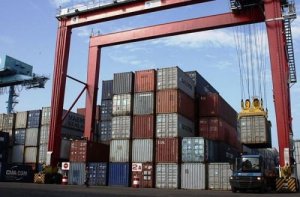The Cameroon government has achieved significant progress in its plan to streamline clearance operations. On Monday, the Single Exit Document (SED) and the digital receipt in the Cameroon Customs Information System (Camcis), instituted by a Ministry of Finance circular dated June 4, 2023, came into force.

With the SED, all the details (16 overall) of the item to be exported are gathered on a single document (the service stamp, the declaration number, the serial number of the receipt, the name or company name of the operator, the unique identification number, the references of the container(s), etc.). The digital receipt, on the other hand, is generated automatically by the customs computer system and contains the sixteen identification details, including the date and time of issue, the payment advice number, the bank details of the assigning customs office, the electronic signature, etc.
These two reforms are part of the process of digitalizing customs procedures at Cameroon’s land, sea, and air borders. They are expected to help reduce the cost and time taken to clear goods, step up the fight against forged customs clearance documents, and provide more accurate foreign trade information and statistics. Their implementation will also facilitate QR code-based controls and help secure customs revenues.
Launched in Cameroon in April 2020, Camcis enabled customs to collect CFA750 billion in 2020, against initial forecasts of FCFA650 billion, according to the Minister Delegate for Finance, Yaouba Abdoulaye, who spoke about the tool’s performance during the cabinet meeting of April 29, 2021. For 2023, the target is FCFA973.7 billion.